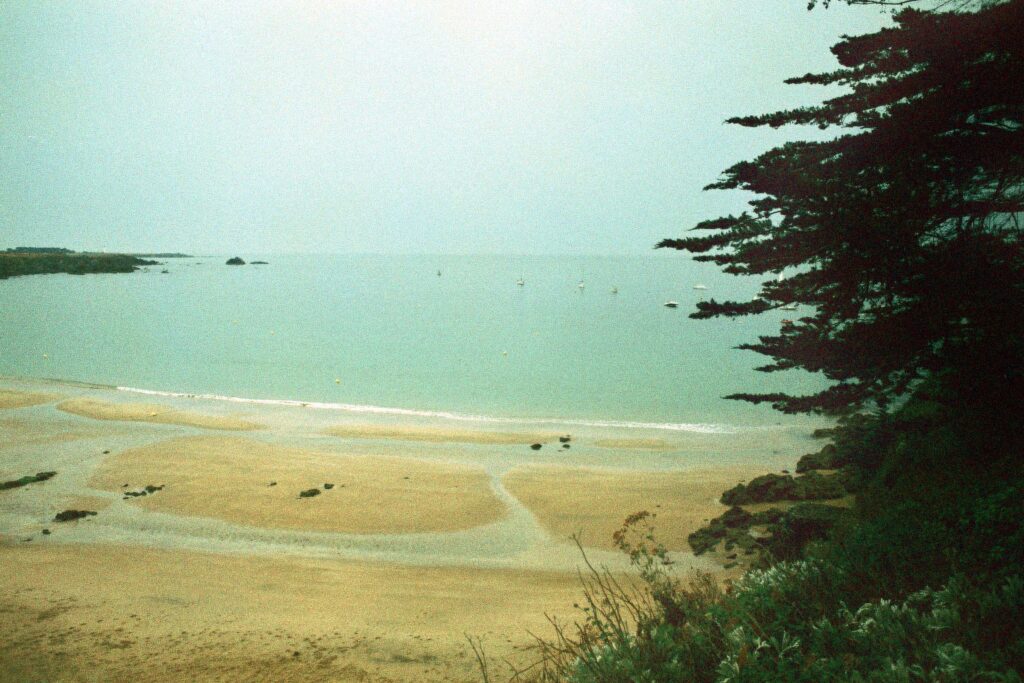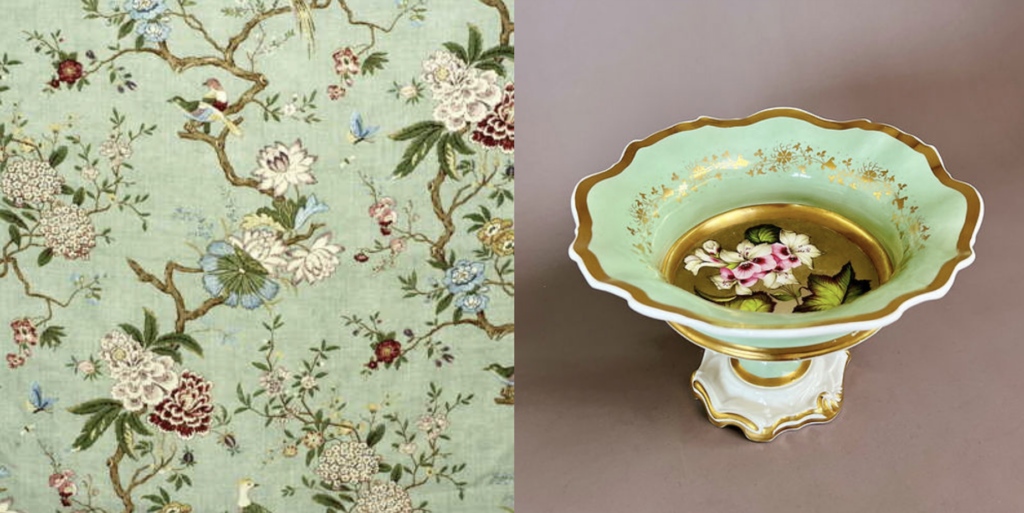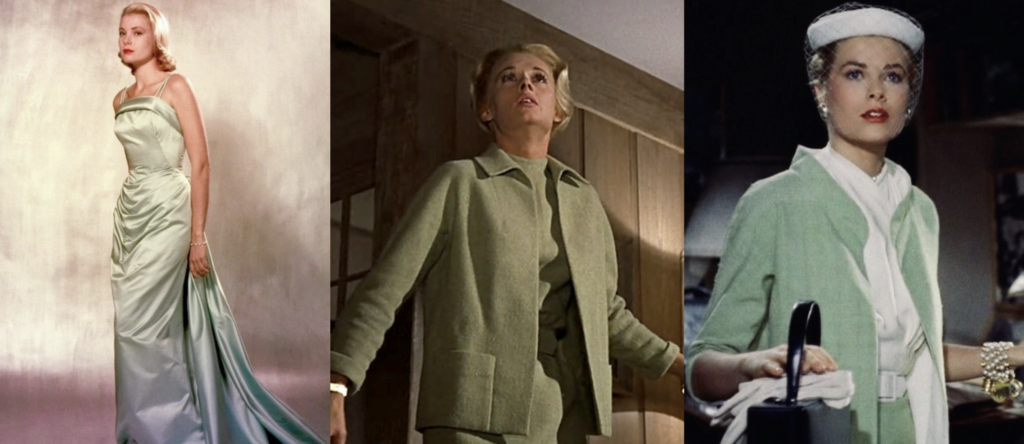Eau de Nil is a murky, difficult-to-define hue that passes through Gustav Flaubert on its way to Alfred Hitchcock, capturing all types of artists. It’s not often you see a color like this that immediately captures your imagination—or one with such a seriously intriguing backstory. But, so it was with for me with Eau de Nil.
Eau de Nil Color in Fashion and Design

Eau de Nil paint, photos courtesy of Laura Ashley
On a sail last summer, in sweltering 100+ degree heat, along the Nile with Viking, there was a lecture onboard, commissioned by the cruise line, entitled Visions of Ancient Egypt. It was a survey of the way in which Egypt had beguiled of artists and designers throughout history.

L’ÎLE D’YEU, photo courtesy of gheinz
During the talk, I scribbled down a single note: Eau de Nil / Flaubert. Although the author is often mentioned in the same breath as the color, he never officially mentions it in his writings. He did, while in Egypt, sail on a boat named Le Nil, and did mention the Nile’s water, albeit as being quite yellow.

From left to right: Oriental Bird 100% linen fabric in Eau de Nil by GP & J Baker, Samuel Alcock footed compote by Gentle Rattle of China
In the Design World
Eau de Nil (literally, “water of the Nile”) comes in many forms. A less-green celadon, light green, green with tannish undertones, pale green with cool bluish notes. Apparently the term came into fashion in the late 19th century, along with the peak of Egyptomania. “Egypt” the idea became extremely popular, although Flaubert was apparently swept up by the actual place, including its young and female population . . .

Eau-de-nil satin shoe worn by Miss Ada Cavendish as Lady Teazle; beaded shoe; yellowish green shoe. Lithograph, 1900, Edinburgh. Greig, T. Watson (Artist). From The New York Public Library Digital Collections
The color has appeared extensively—and at various times—in fashion, in interior design, in china patterns. There’s even a Lomography (remember that?) page devoted to it. Grace Kelly’s Edith Head dress, worn at the 1955 Oscars, is a classic example of the color’s influence. It is also reported that Hitchcock loved Grace Kelly’s Eau de Nil suit in Rear Window so much that he had it reproduced for Tippi Hedren to wear in The Birds. (Loved… or hated, I have to wonder?)

From left to right: Grace Kelly at the Oscars colorized by klimbims. Screen-capture of Tippi Hedren in The Birds. Screen-capture of Grace Kelly in Rear Window.
To my eye, Eau de Nil is one of those colors that looks calm but is actually quite stormy. It’s a hue that plays the part of a neutral while (barely) concealing an undercurrent of drama.
Story by Stephen Treffinger
Subscribe to TABLE Magazine’s print edition.

